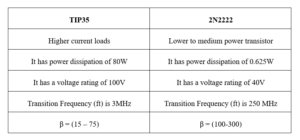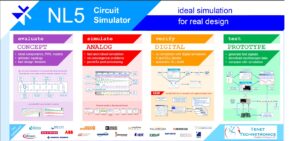
Introduction
Attenuators are critical components in the world of electronics and communication, playing a vital role in managing signal strength. Whether you’re working with radio frequencies, audio signals, or digital communications, attenuators help ensure that signals are transmitted at optimal levels, preventing distortion and maintaining system integrity.
What is an Attenuator?
An attenuator is a passive electronic device that reduces the power of a signal without significantly altering its waveform. Attenuators are used to lower the amplitude of signals, ensuring that they are within the desired range for further processing or transmission. They are commonly employed in various applications, including audio engineering, telecommunications, and radio frequency (RF) systems.

How Do Attenuators Work?
Attenuators work by introducing a specific amount of resistance into the signal path, which reduces the signal strength. The amount of attenuation is measured in decibels (dB), indicating how much the signal is reduced. Attenuators can be fixed, providing a constant level of attenuation, or variable, allowing users to adjust the attenuation level as needed.
Types of Attenuators
Fixed Attenuators: Provide a set level of attenuation and are used in applications where a constant signal reduction is required.
Variable Attenuators: Allow users to adjust the level of attenuation. They are useful in testing and measurement applications where signal levels need to be varied.
Step Attenuators: Offer discrete steps of attenuation, enabling precise control over signal levels.
Programmable Attenuators: Can be controlled electronically to adjust the attenuation level, often used in automated testing and communication systems.
Key Features and Specifications
Attenuation Value: Measured in decibels (dB), indicating the reduction in signal strength.
Frequency Range: The range of frequencies over which the attenuator operates effectively.
Power Handling: The maximum power level the attenuator can handle without damage.
Impedance: The characteristic impedance of the attenuator, typically 50 ohms or 75 ohms, matching the impedance of the system in which it is used.
Applications of Attenuators
Telecommunications: Used to control signal levels in transmission lines and prevent signal distortion.
Audio Engineering: Help in managing audio signal levels to prevent overload and distortion in audio equipment.
RF and Microwave Systems: Essential in controlling power levels in RF and microwave circuits to ensure proper operation and avoid damage to sensitive components.
Test and Measurement: Used in laboratories and test setups to simulate different signal conditions and evaluate system performance.
Why Use Attenuators?
Prevent Overloading: Protect sensitive components from being damaged by high signal levels.
Match Signal Levels: Ensure compatibility between different stages of a signal chain by adjusting signal levels.
Improve Signal Quality: Reduce noise and distortion by maintaining signals within optimal ranges.
Versatile Control: Provide precise control over signal levels in various applications, from simple audio setups to complex communication systems.
Where to Buy Attenuators?
At Tenet Technetronics, we offer a wide range of attenuators, including fixed, variable, step, programmable, and high-frequency attenuators, ensuring you find the right component for your needs. With their commitment to quality and customer satisfaction, you can be confident in the reliability of the attenuators you purchase.
Conclusion
Attenuators are indispensable components in many electronic systems, offering precise control over signal levels. Understanding their key parameters, types, and applications, and choosing high-quality attenuators from reputable suppliers like Tenet Technetronics ensures the success and reliability of your projects. Whether you are working on telecommunications, audio systems, RF circuits, or any other electronic applications, investing in good attenuators is a step toward achieving optimal performance and longevity.






